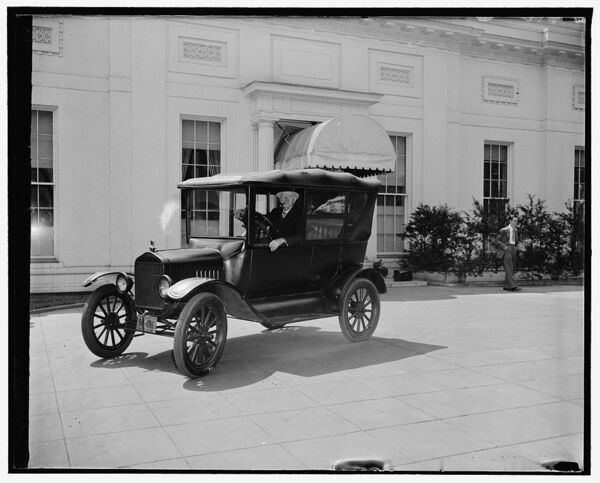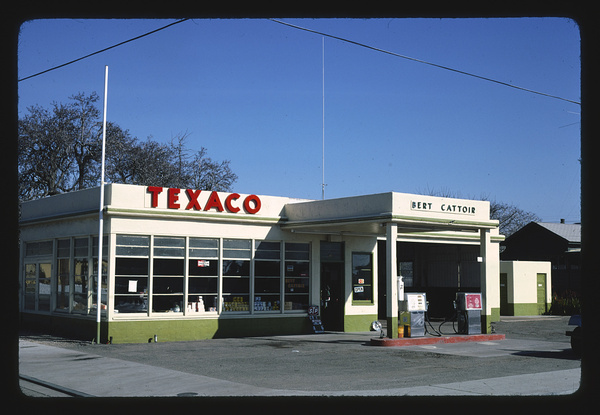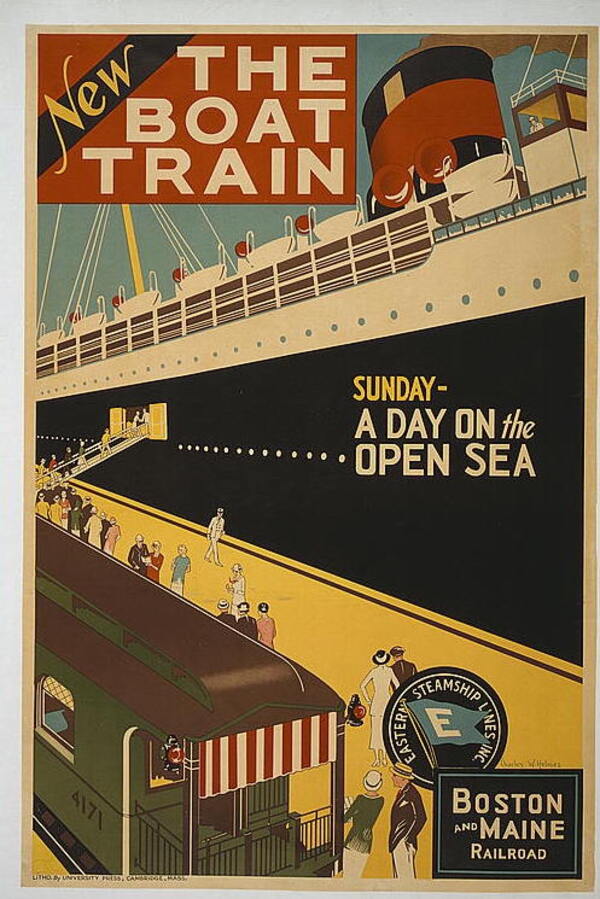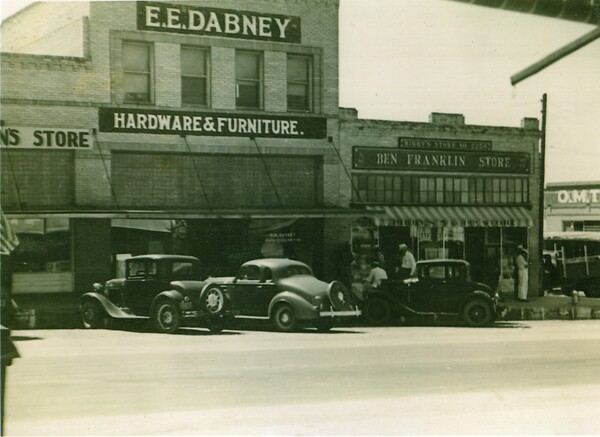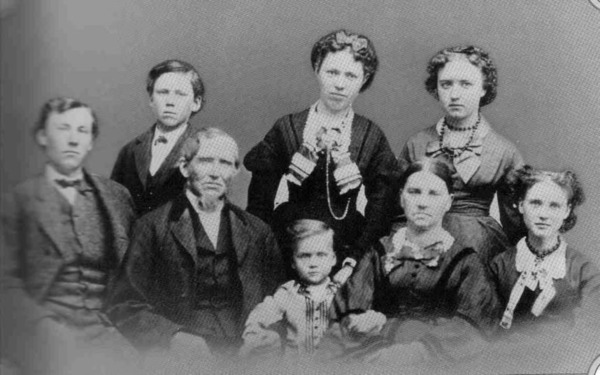Much in the same way it took many groups of people to make the first successful airplane, it took years to make the first photograph. And when you think of it, who would even come up with the idea? It's wild when you think about it: People believed they could "capture" reality and fix it on something similar to a painting or a newspaper?! These people must've been crazy...or geniuses...and maybe a little bit of both.
Let's take a walk through eight of these early photographs.

While precocious scientists toyed with the idea of photography in the late 1700s, and early 1800s, no one made significant progress until a man named Joseph Nicephore Nipce captured a very crude 'image' of the world outside his window in France. This was in 1826 or 1827, and the inventors produced very little in the way of progress in the coming years.
In 1835, however, a man named William Henry Talbot made what is thought to be the first photographic negative, and it is known simply as "Window in the South Gallery of Lacock Abbey". Mr. Talbot had successfully captured a fairly clear, distinct, non-blurry image on a surface, but it was still only a negative, and thus couldn't be viewed without shining light through it.

Let's go back over to Mr. Nipce! After dying suddenly in 1833, a colleague named Louis Daguerre took up the charge and made significant progress in the next three years. While he was able to produce a few crude images of stationary objects, it wasn't until a clear day in 1838 that he captured what is to be considered the first photograph of a cityscape with people, seen below.
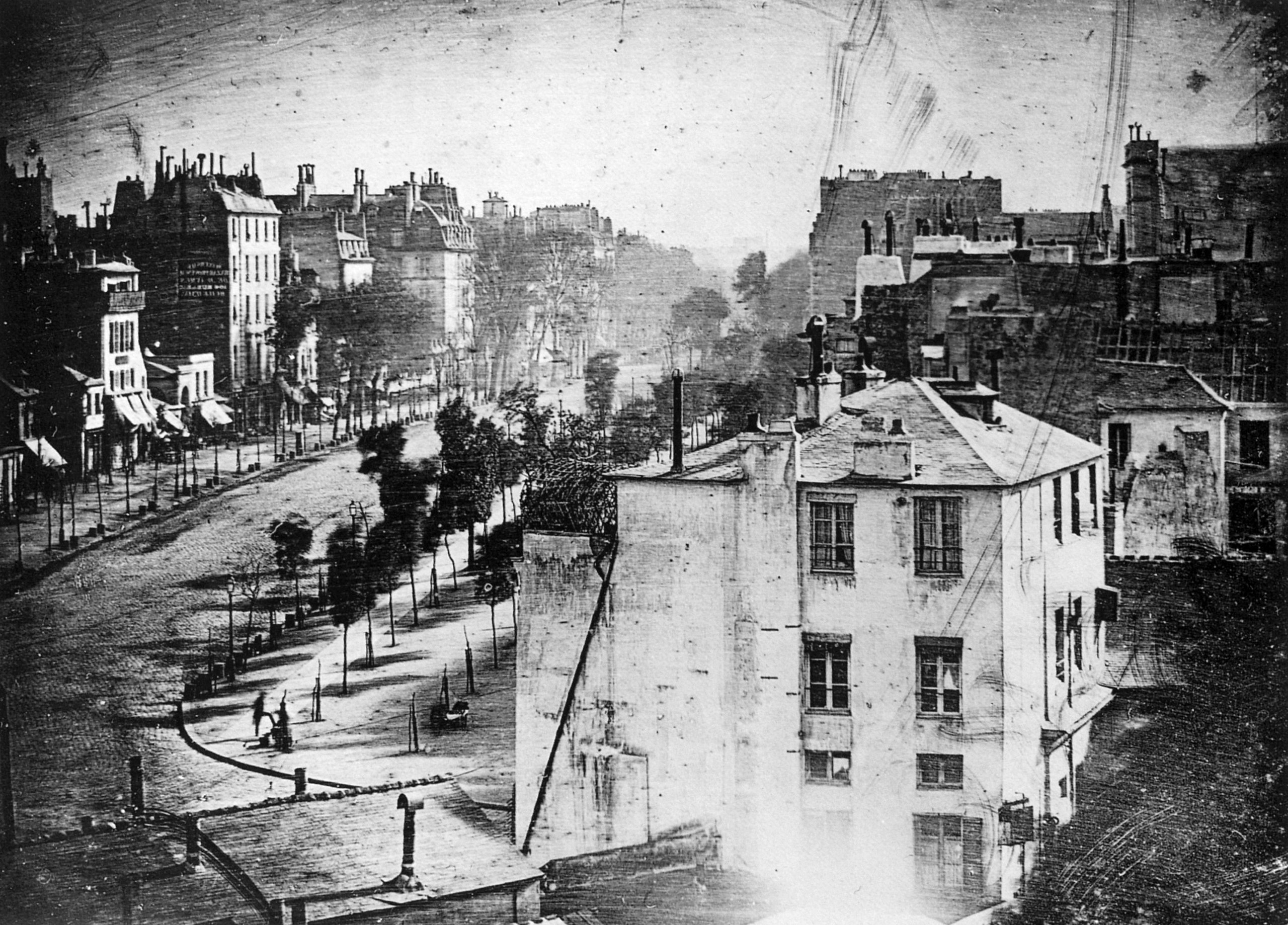
Mr. Daguerre's trick was to use a variety of silver salts and chemicals to 'fix' the image on a piece of glass. The resulting photograph appeared mirror-like as if a silhouette hung over it, but the images were crisp and precise, and could be replicated with consistent results in all types of lighting and environments.
As news of his process spread, Mr. Daguerre saw inventors around the world continue to innovate his process. One man named Robert Cornelius developed a new process that fixed a more "shaded" image on a piece of metal. Here is Mr. Cornelius in the first-known self portrait, taken in 1839. Quite the striking gentleman, isn't he?!
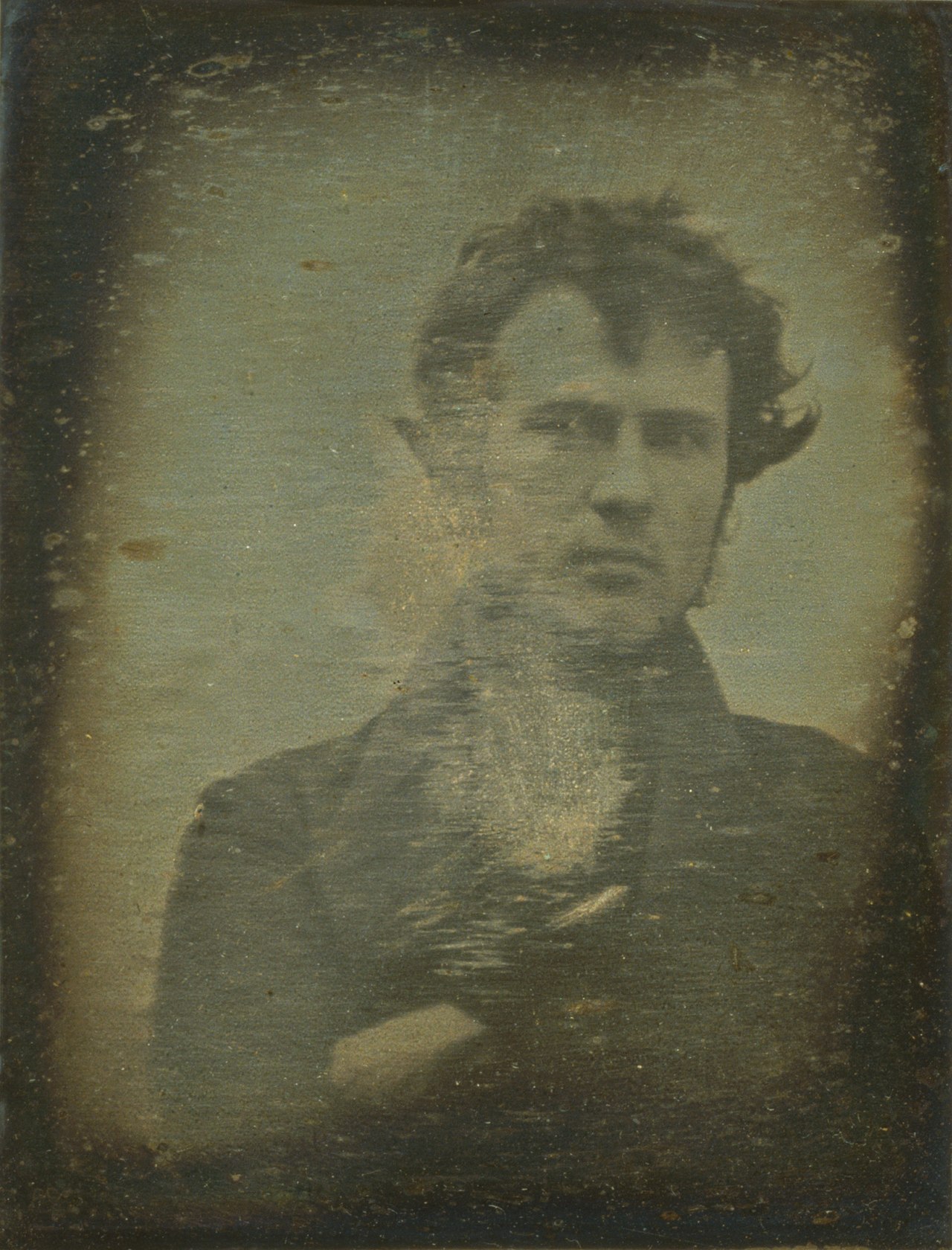
Mr. Talbot meanwhile was working on a new process that generated what he called a "calotype" photograph. These were invented in 1841 and produced a negative that was then contact-printed onto another piece of paper. These were among the first photos that resemble modern-day photography. Here is an example from 1844
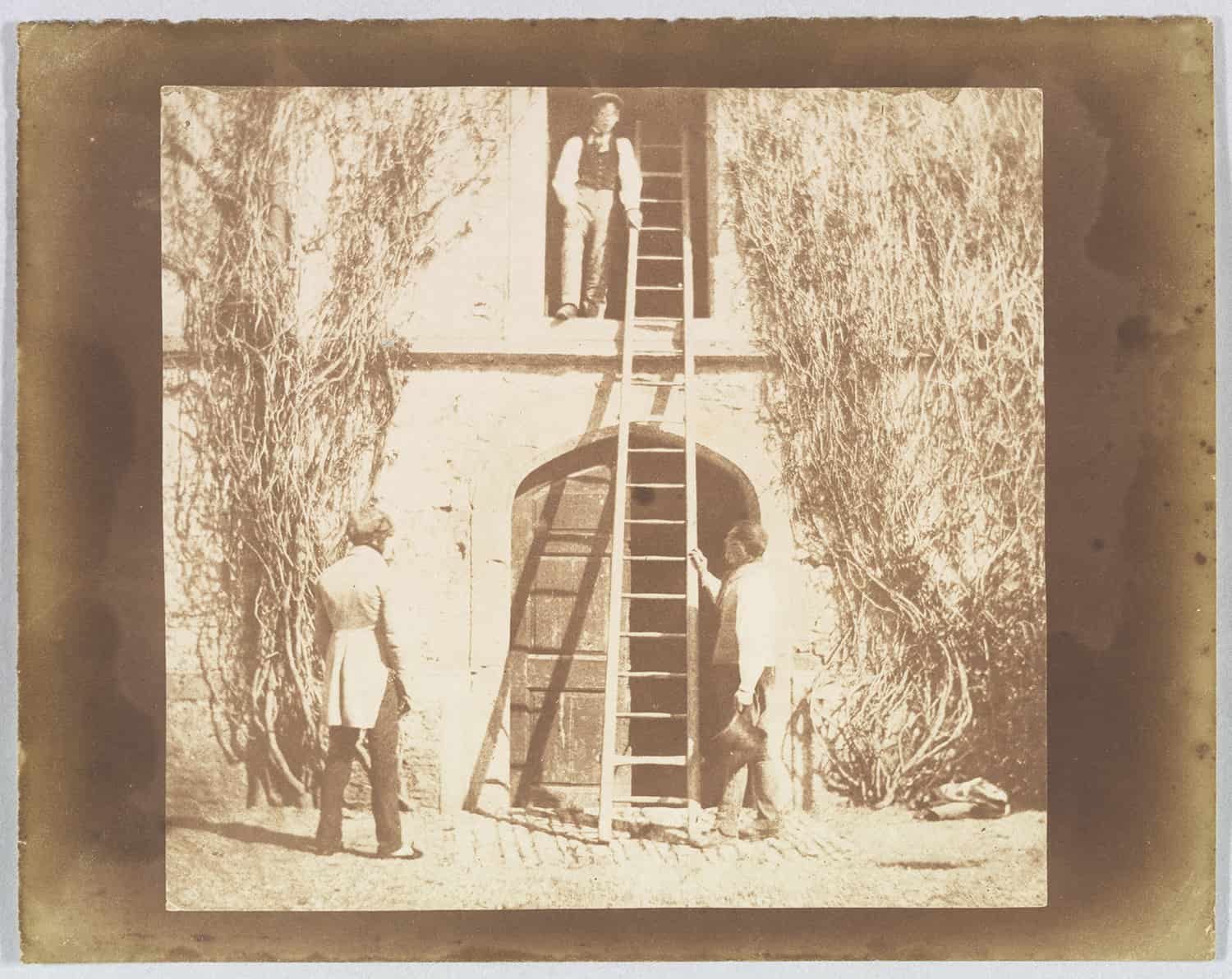
Still, however, the cameras themselves were large and clunky, as seen in this 1843 photo taken by Richard Beard.

So what do we do? We make 'em lighter, smaller, and faster! And by the late 1850s cameras were available in major cities across the US and Europe. And, of course, one would perhaps even roll right IN to your town...
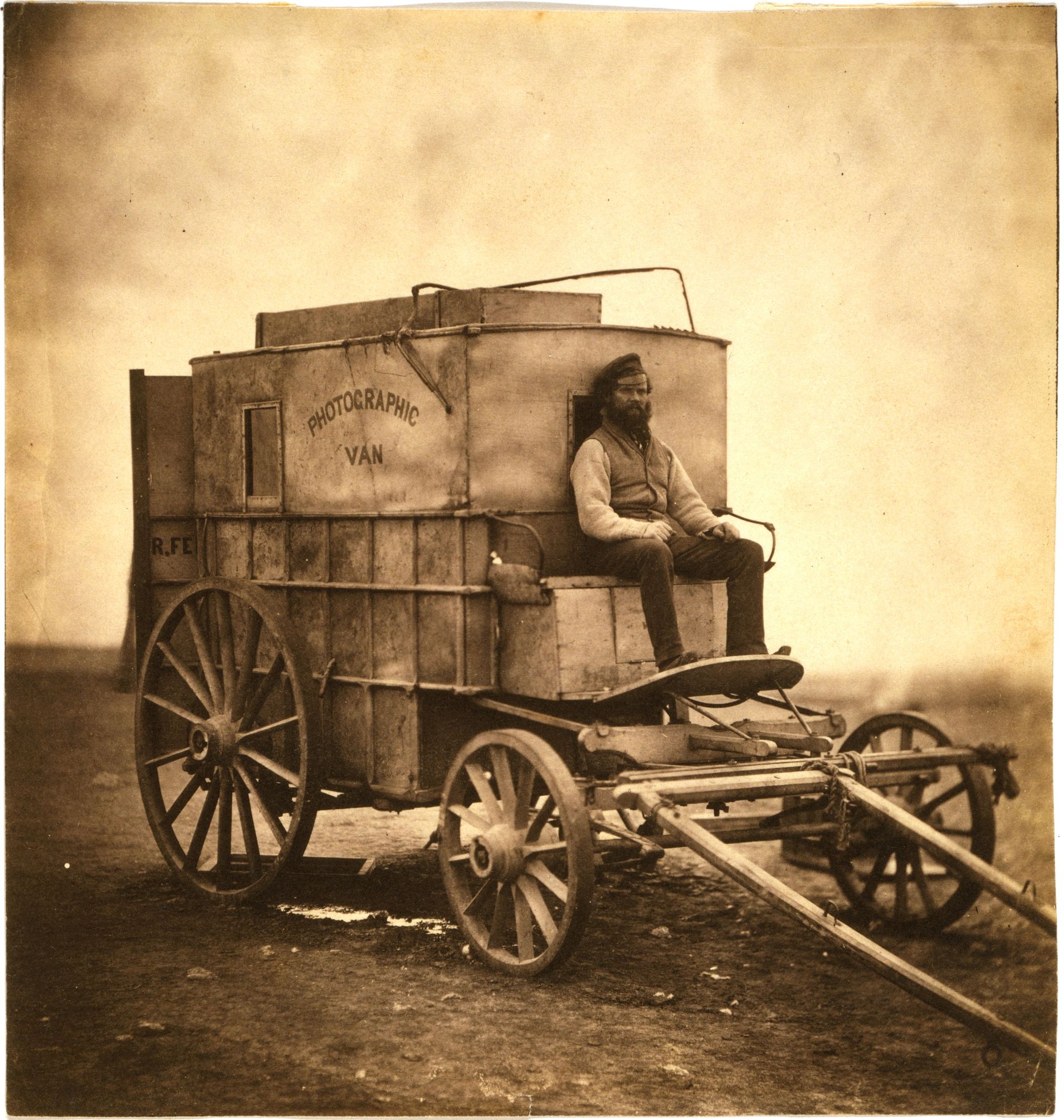
So by this time, we'd taken photos of everything on the ground. So why not OF the ground FROM the sky? Enter a man named James Wallace Black would hatch the idea of aerial photography, and wouldn't you know it: he was soon in a hot air balloon 2000 feet above the city of Boston to capture this amazing image in 1860.
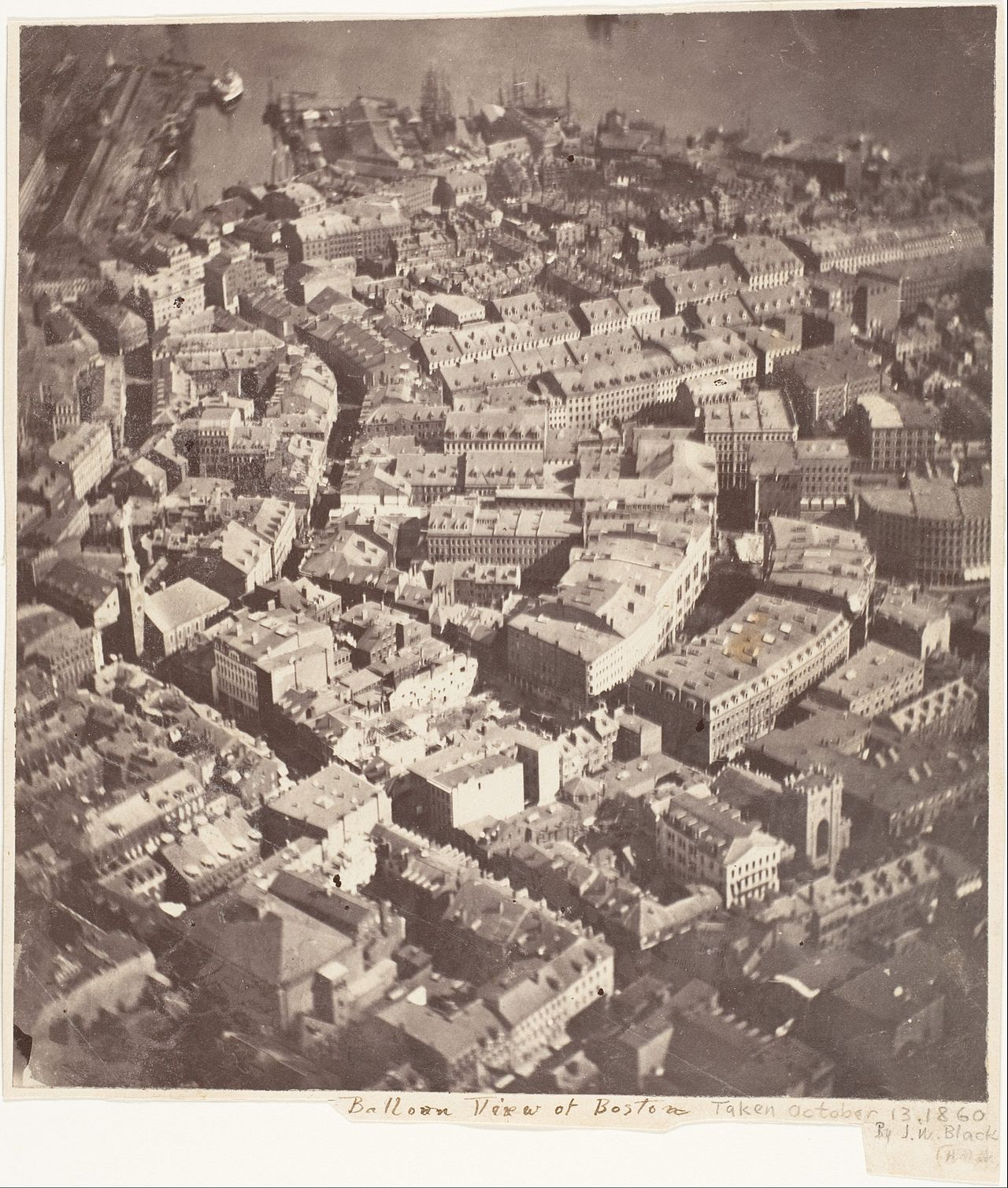
As you can see, photography has come a long way since the first crude images outside a window in France. These early innovations laid the foundation for modern photography with hand-held cameras and now digital cameras, and in the 1860s-1880s, we saw the invention of the cheaper and more intricate tintypes, cabinet cards, and cdv's. This all led to the development of George Eastman's "rollable" film roll in 1884, which resulted in the first Kodak camera being introduced in 1888. And the rest, as they say, is history!
We hope you've enjoyed this fun walk with us in exploring some of the stories behind the earliest photographs!
